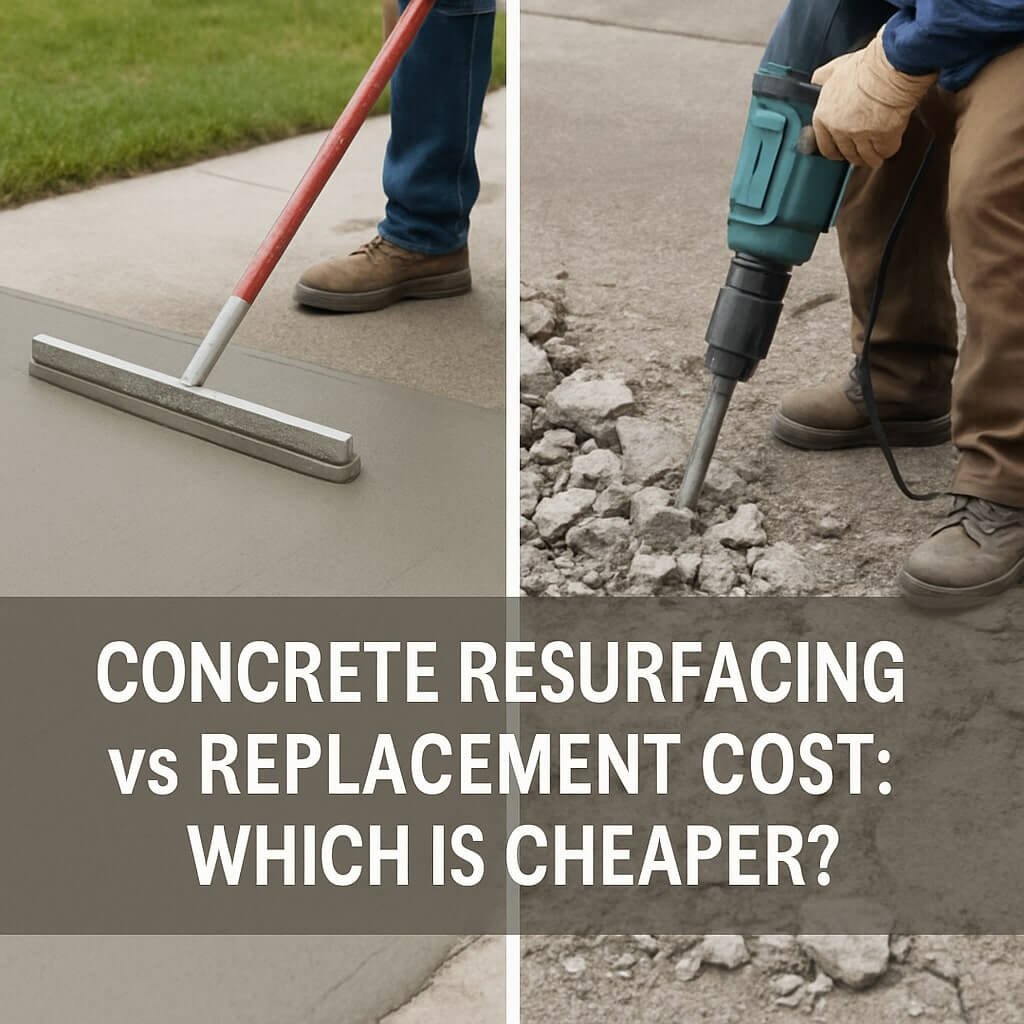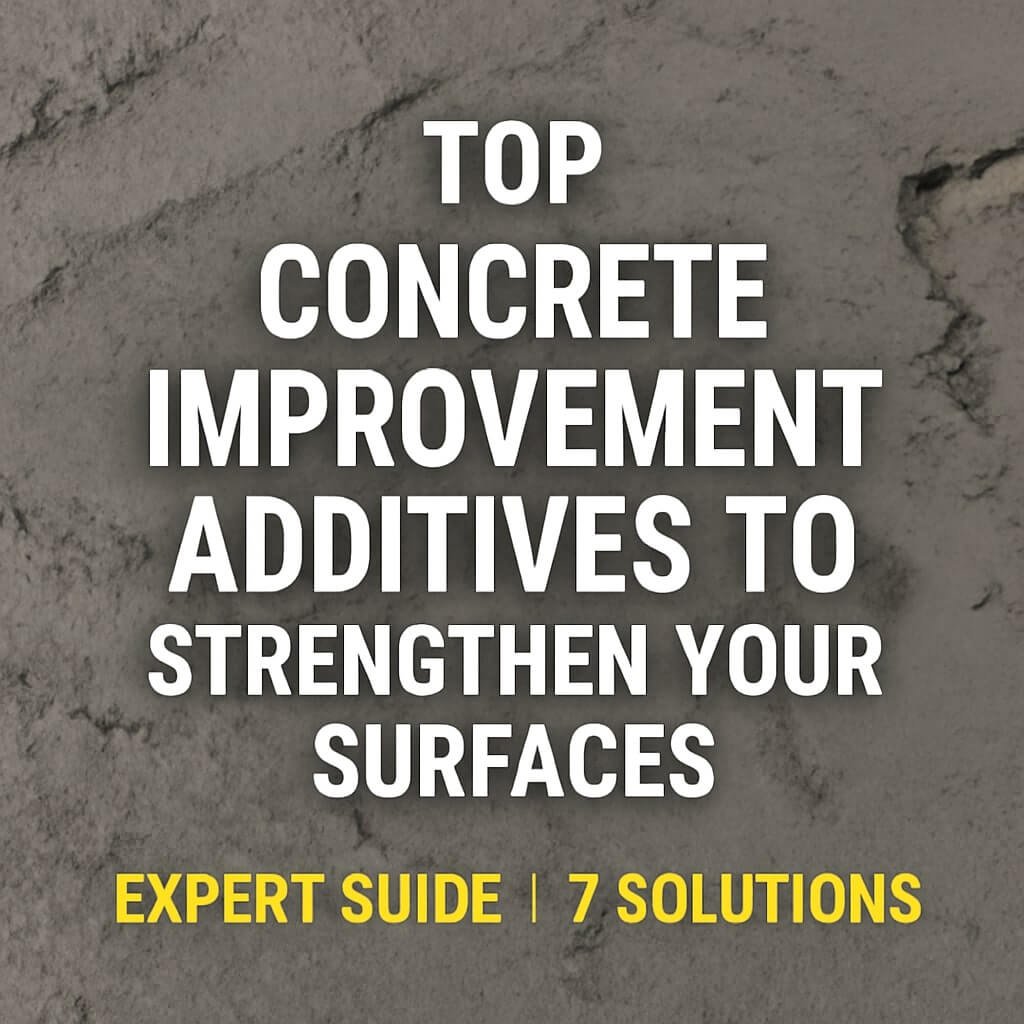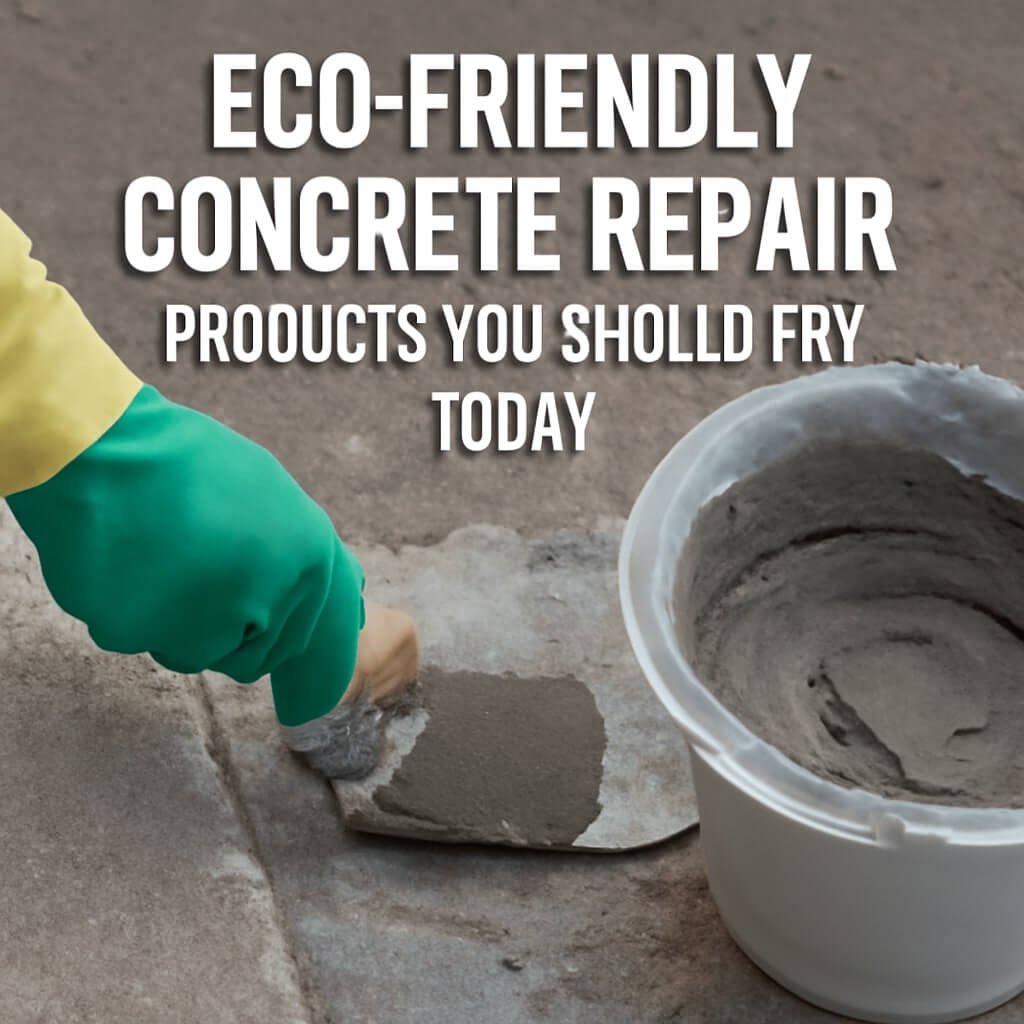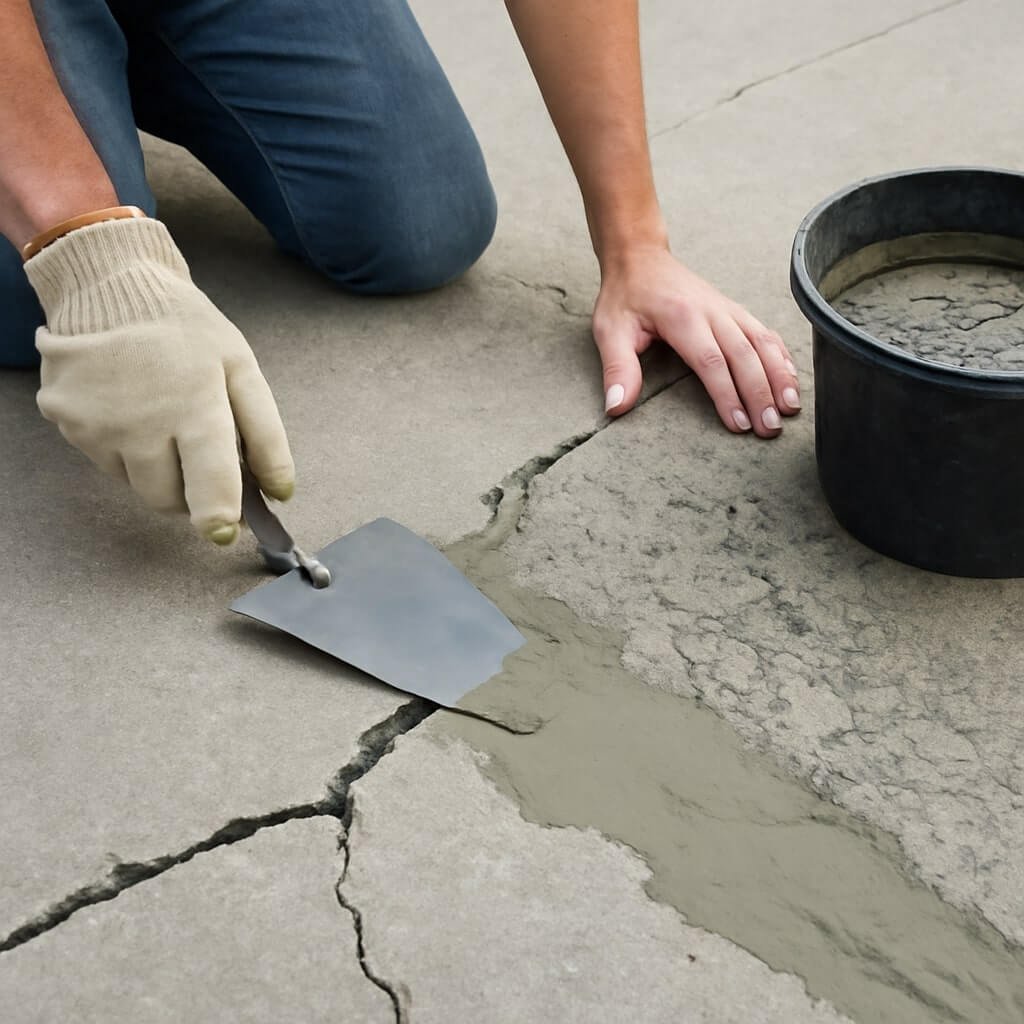Concrete projects are an essential part of many homes and commercial properties. Whether it’s your driveway, patio, sidewalk, or flooring, concrete surfaces endure constant wear and tear. When these surfaces become damaged or aged, homeowners and property managers face a crucial decision: should they opt for concrete resurfacing or complete replacement? Understanding Concrete Resurfacing vs Replacement Cost: Which Is Cheaper? is key to making an informed, budget-friendly choice.
This comprehensive guide will break down both options, their costs, benefits, and when each is the most practical solution. We’ll also cover eco-impact, contractor selection tips, and answer the most common questions related to these concrete repair options.
Introduction to Concrete Resurfacing and Replacement

Concrete resurfacing and replacement serve the same purpose, restoring or improving the appearance and functionality of concrete, but they do so in very different ways.
Concrete resurfacing involves applying a thin layer of a specialised cement-based overlay to the existing concrete surface. This process is typically faster, less expensive, and less disruptive. It fixes cosmetic issues such as cracks, stains, and minor surface damage without removing the original slab.
Concrete replacement, by contrast, requires demolishing and removing the damaged concrete slab entirely and pouring a new one. Replacement is more labour-intensive, costly, and time-consuming but is often necessary for severe structural damage or foundational issues.
By comparing the costs and benefits of these two options, you’ll know which approach is cheaper and more appropriate for your specific situation.
What is Concrete Resurfacing?
Concrete resurfacing is a cost-effective method to rejuvenate aging or slightly damaged concrete surfaces. It involves applying a thin layer, usually 1/8 to 1/2 inch thick, of a special overlay material designed to bond well with existing concrete.
Materials Used in Concrete Resurfacing
Resurfacing materials include polymer-modified cement, micro-toppings, or other cementitious overlays enhanced with additives that improve adhesion, flexibility, and durability. Some products offer decorative finishes, including stamping or colouring, allowing you to upgrade aesthetics while repairing.
Typical Resurfacing Process Steps
- Surface Preparation: The concrete surface is cleaned thoroughly, removing dirt, grease, loose debris, or old coatings. Any cracks or holes are patched.
- Application of Bonding Agent: To ensure strong adhesion, a bonding agent is applied.
- Overlay Application: The resurfacing mix is spread evenly using trowels or squeegees.
- Finishing: The surface is textured, smoothed, or stamped as desired.
- Curing: The new layer cures, which may take a few days.
This method generally restores the look and feel of concrete without the need for heavy demolition.
What is Concrete Replacement?
Concrete replacement is the process of removing the old, damaged concrete slab entirely and installing a new one. This solution is reserved for concrete that is structurally compromised, extensively cracked, uneven, or sinking.
Factors Necessitating Concrete Replacement
- Large-scale cracks or crumbling
- Severe spalling or pitting
- Subgrade failure or erosion beneath concrete
- Drainage problems leading to sinking or heaving
- Structural issues affecting safety
Replacement Process Overview
- Demolition: The damaged concrete is broken up and removed.
- Site Preparation: The base is levelled, compacted, and prepared with gravel or sand layers.
- Formwork: Forms are built to shape the new slab.
- Pouring Concrete: Fresh concrete is poured and spread.
- Finishing: The surface is finished with smoothing, brooming, or stamping.
- Curing: The concrete cures for several days or weeks, depending on conditions.
Replacement is a larger investment but provides a durable, long-lasting solution.
Cost Comparison: Resurfacing vs Replacement
Now, let’s dig into the numbers to understand the cost differences better.
Average Costs for Concrete Resurfacing
Concrete resurfacing typically costs between $3 to $7 per square foot. For a standard 500-square-foot driveway, resurfacing might run $1,500 to $3,500. Labor usually accounts for about 50% of the cost, and materials the other half.
Average Costs for Concrete Replacement
Replacement costs tend to be higher, ranging from $8 to $18 per square foot. The same 500-square-foot driveway replacement could cost $4,000 to $9,000 or more depending on location and site conditions.
Hidden Costs to Consider
- Permits and inspections: Sometimes required for replacement.
- Disposal fees: Removing old concrete can add to expenses.
- Repairing subgrade: If soil problems exist, costs increase significantly.
- Design upgrades: Colored or stamped concrete adds to the replacement cost.
| Cost Factor | Resurfacing (per sq. ft.) | Replacement (per sq. ft.) |
|---|---|---|
| Materials | $1.50 – $3 | $4 – $8 |
| Labor | $1.50 – $4 | $4 – $10 |
| Disposal & Permits | Minimal | $300 – $1,000 |
| Additional Base Work | Rare | Possible |
| Total Average Cost | $3 – $7 | $8 – $18 |
Benefits of Concrete Resurfacing
- Cost-effective: Lower upfront cost.
- Quick turnaround: Often completed in 1-2 days.
- Improves appearance: Can add color and texture.
- Less disruption: No demolition noise or mess.
- Eco-friendly: Uses less new material and reduces waste.
Benefits of Concrete Replacement
- Structural integrity: Fixes foundational issues.
- Longevity: New concrete lasts longer.
- Customisation: Full design freedom.
- Addresses subgrade problems: Can correct drainage and soil issues.
- Better warranty options: Typically comes with longer guarantees.
When to Choose Resurfacing Over Replacement
- Surface-level cracks and minor damage.
- Cosmetic upgrades are desired.
- Budget constraints or quick fixes are needed.
- Existing concrete is structurally sound.
- Eco-conscious homeowners.
When Replacement is the Better Option
- Severe cracking or large-scale damage.
- Uneven or sinking concrete.
- Water drainage problems.
- Structural safety concerns.
- Older slabs beyond repair.
Environmental Impact: Resurfacing vs Replacement

Resurfacing generally has a smaller environmental footprint because it reduces waste and uses less raw material. Replacement requires more energy, raw materials, and disposal of old concrete, increasing landfill burden and carbon emissions.
How to Find Reliable Contractors for Both Options
- Check licenses and insurance.
- Read reviews and ask for references.
- Get multiple detailed quotes.
- Confirm warranty and guarantees.
- Avoid very low bids—quality matters.
- Verify experience with concrete resurfacing or replacement specifically.
Frequently Asked Questions (FAQs)
1. How long does concrete resurfacing last compared to replacement?
2. Can resurfacing fix deep cracks?
3. How long does each process take?
4. Is resurfaced concrete slippery?
5. Will resurfacing change the colour of my concrete?
6. Do I need permits for resurfacing or replacement?
Conclusion: Making the Best Choice for Your Concrete Project
When weighing Concrete Resurfacing vs Replacement Cost: Which Is Cheaper?, resurfacing almost always wins as the more affordable option if the slab is in decent shape. It offers a budget-friendly, quick, and eco-conscious way to refresh concrete surfaces. However, replacement is indispensable when structural integrity or safety is at risk.
Evaluate your concrete’s condition carefully, consider long-term benefits, and consult experienced contractors. The right choice balances upfront cost with durability and peace of mind.



